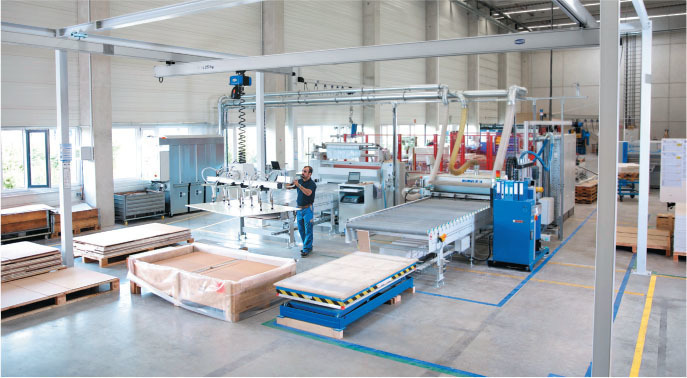
Safety is paramount for the operation of any equipment in a warehouse space, but it takes on particular gravity in the field of underhung cranes and monorail systems, which are installed in facilities for overhead material handling and load movement.
“Anytime you’re dealing with potentially handling a product over people, you have to emphasize that everything is done properly and safely,” said Brian Stephens, senior product manager for modular cranes and drives at MHI member Demag. “It’s critical.”
Safety in the use of underhung cranes and monorail systems starts with standards. Improving equipment and technology has provided helpful safety gains over the years, but evolving standards that strengthen and solidify best practices and processes are the best way to engineer a safe warehouse environment where cranes and monorails are in use, according to Stephens and Lee Bailey, manager for manufacturing integration and engineering for MHI member Schmalz. Stephens is president of the Monorail Manufacturers Association, an MHI Industry Group, and Bailey is the vice president.
In recent years, changes in MMA-related equipment largely have been incremental rather than revolutionary, Stephens and Bailey explained. Those changes, which can vary among manufacturers, have boosted safety, but Stephens said, “It’s more about how that equipment is used and how it’s selected for the right application and installed.”
Human error is at the root of safety problems that occur with underhung cranes and monorail systems, particularly errors that can be traced to a lack of precise understanding of the equipment and its specifications. Incomplete knowledge in the proper use of the equipment can lead to serious mistakes. Standards help fill in that missing knowledge, Bailey said.

“In the crane systems, what we have found is that issues arise when a crane system is undersized or certain load factors weren’t considered when it was purchased or the system wasn’t installed properly,” Bailey said. “When you have standards that address these issues, though, you can make sure that your system is sized properly, and it helps you address installation issues and alignment issues—things that make the system both safer and more ergonomic.”
Click here to read the full feature in the digital version of MHI Solutions.
 MHI Solutions Improving Supply Chain Performance
MHI Solutions Improving Supply Chain Performance